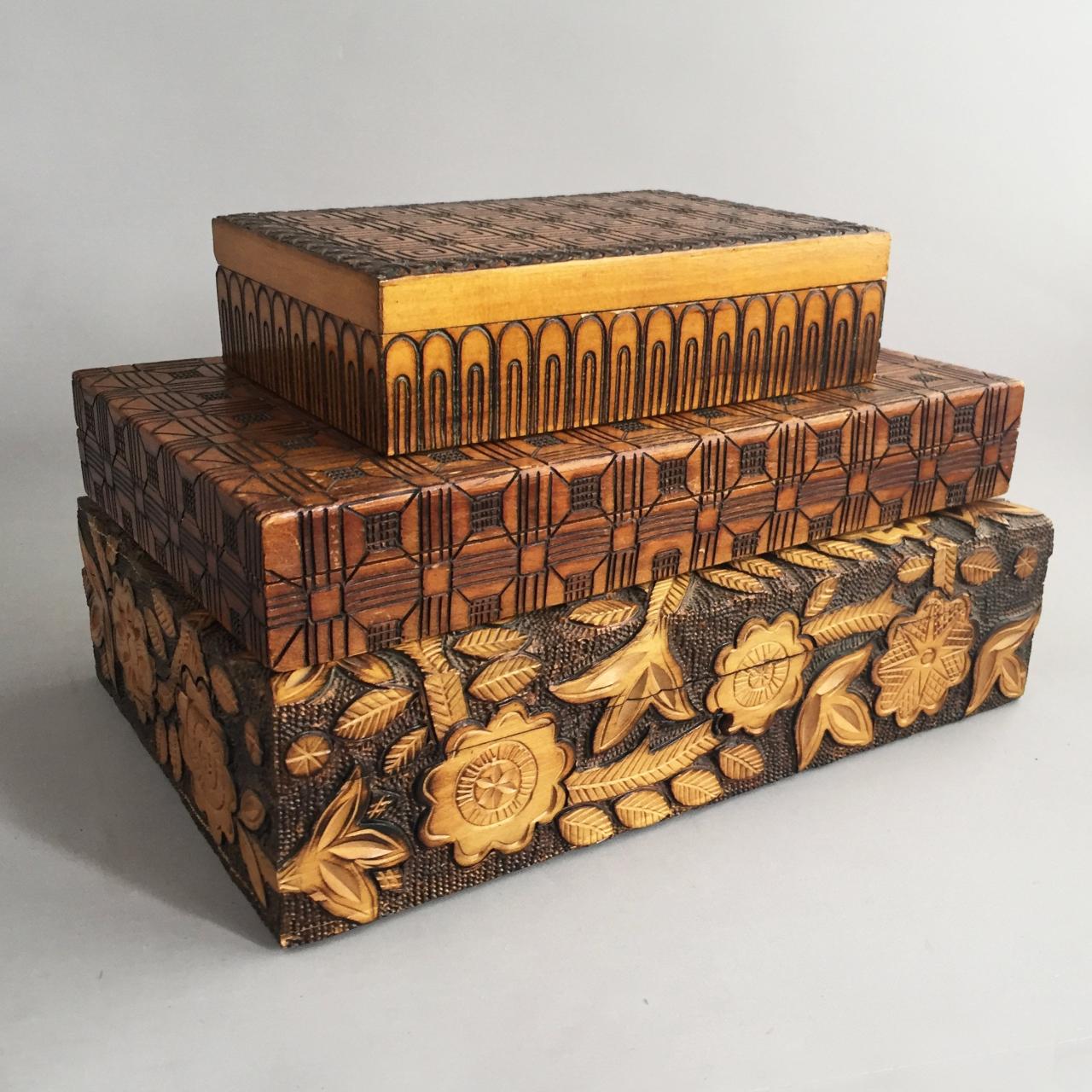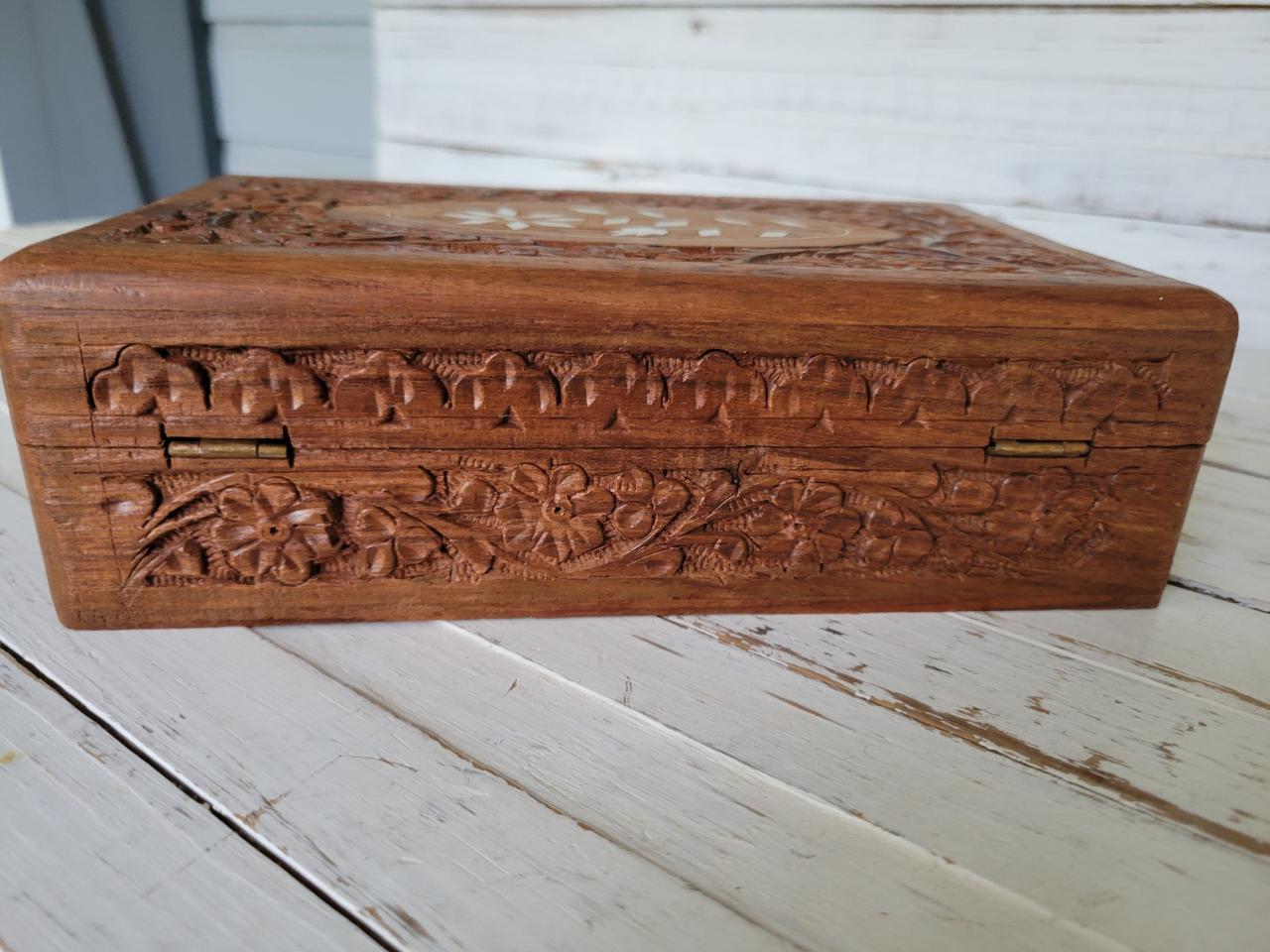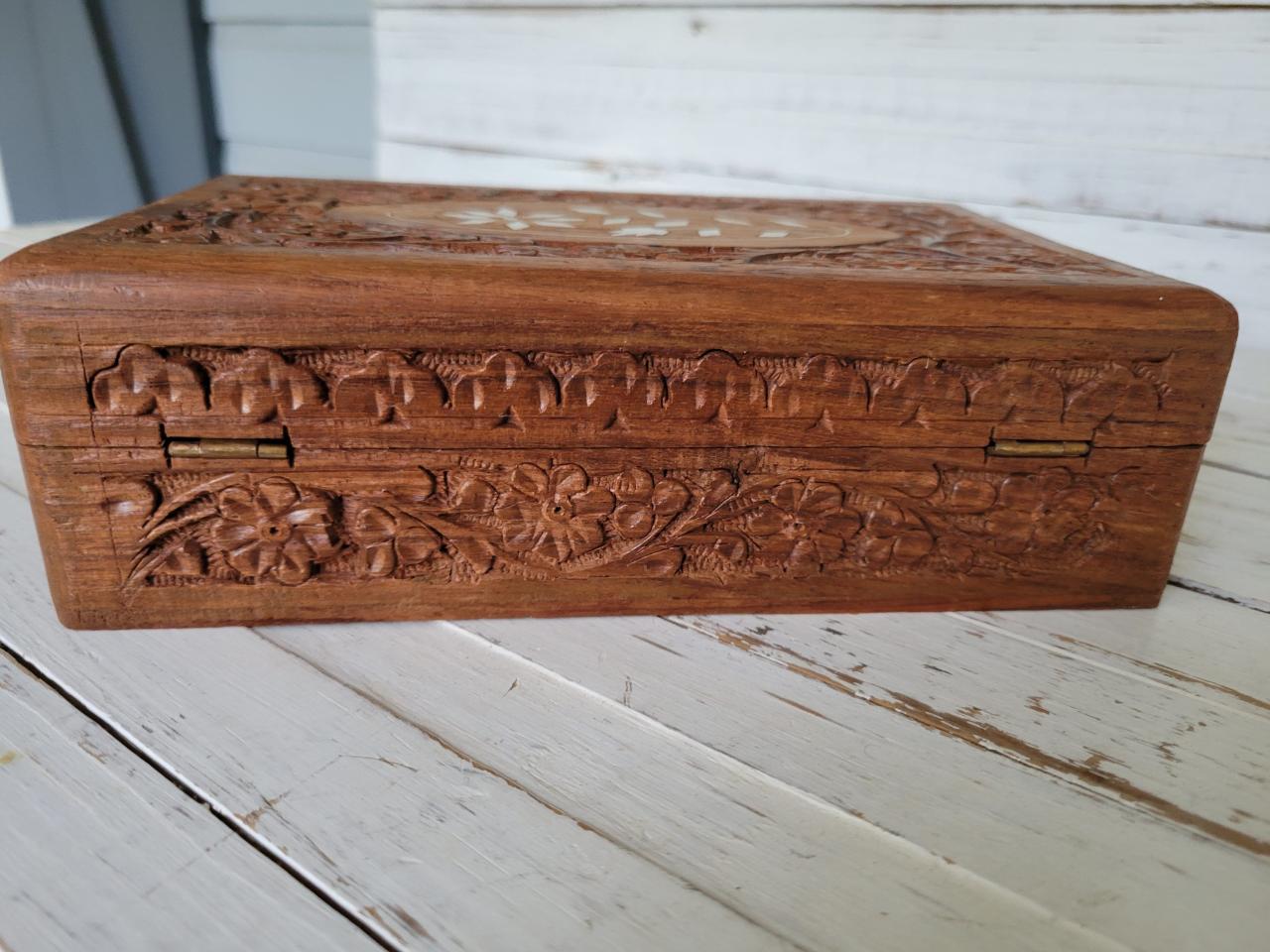Introducing the decor box, an indispensable home decor element that seamlessly blends functionality and aesthetics. This comprehensive guide delves into the diverse world of decor boxes, exploring their materials, styles, uses, design elements, and customization options. Prepare to elevate your home decor with the captivating charm of decor boxes.
Decor Box Materials
Decor boxes are crafted from a variety of materials, each offering unique aesthetic and functional qualities. The choice of material depends on factors such as the intended use, style, and durability requirements.
The most common materials used in decor box construction include:
- Wood:Wood is a classic and versatile material for decor boxes, providing warmth and natural beauty. It is available in various species, each with distinct grain patterns and colors. However, wood requires proper sealing to protect it from moisture and scratches.
- Metal:Metal, such as aluminum or steel, offers durability and a sleek, modern look. It is resistant to moisture and scratches, making it suitable for high-traffic areas or outdoor use. However, metal boxes can be heavy and may dent or rust if not properly treated.
- Glass:Glass decor boxes provide a transparent or translucent display, showcasing the contents within. They are elegant and visually appealing, but require careful handling due to their fragility.
- Acrylic:Acrylic is a lightweight and shatter-resistant alternative to glass. It offers similar transparency and visual appeal, but is more durable and less prone to breakage.
- Fabric:Fabric-covered decor boxes add a soft and cozy touch to any space. They are available in various textures and patterns, allowing for customization and a wide range of decorative possibilities. However, fabric boxes may not be as durable as other materials and are more susceptible to stains and fading.
Decor Box Styles
Decor boxes come in a wide range of styles, each with its own unique characteristics and applications. The choice of style depends on the overall décor of the room, personal preferences, and the intended use of the box.
Here is a table comparing four popular decor box styles:
| Style | Defining Characteristics | Materials | Applications |
|---|---|---|---|
| Traditional | Ornate carvings, intricate details, rich colors | Wood, metal, glass | Formal settings, antique collections |
| Modern | Clean lines, simple shapes, neutral colors | Wood, metal, acrylic | Contemporary homes, minimalist décor |
| Rustic | Natural materials, distressed finishes, earthy tones | Wood, leather, burlap | Farmhouse décor, cabins |
| Vintage | Retro patterns, faded colors, antique hardware | Wood, metal, fabric | Nostalgic décor, eclectic spaces |
Decor Box Design Elements

Decor boxes are designed to be both aesthetically pleasing and functional. They come in a variety of shapes, sizes, colors, and textures, and can be embellished with a variety of materials. The key design elements that contribute to the aesthetic appeal of decor boxes include:
- Shape:Decor boxes can be found in a variety of shapes, including square, rectangular, round, oval, and even more unique shapes. The shape of the box can be used to create a specific look or feel, and can also be used to complement the decor of a room.
- Size:Decor boxes come in a variety of sizes, from small to large. The size of the box can be used to determine how much storage space it will provide, and can also be used to create a specific visual effect.
- Color:Decor boxes are available in a wide range of colors, from neutral tones to bright and bold hues. The color of the box can be used to create a specific look or feel, and can also be used to match the decor of a room.
- Texture:Decor boxes can be found in a variety of textures, including smooth, rough, textured, and even embossed. The texture of the box can be used to create a specific look or feel, and can also be used to add interest to a room.
- Embellishments:Decor boxes can be embellished with a variety of materials, including ribbon, lace, fabric, and even metal. Embellishments can be used to add a touch of elegance or sophistication to a decor box, and can also be used to create a specific look or feel.
By combining these design elements in different ways, it is possible to create decor boxes that are both visually striking and functional. For example, a square decor box with a smooth texture and a neutral color can be used to create a simple and elegant look.
A rectangular decor box with a rough texture and a bright color can be used to create a more bold and eye-catching look. And a round decor box with an embossed texture and a variety of embellishments can be used to create a more ornate and sophisticated look.
Decor Box Manufacturing Processes

The creation of decor boxes involves various manufacturing processes, including cutting, shaping, assembling, and finishing. These processes ensure the production of high-quality boxes with intricate designs and durable construction.
Cutting
The initial step in manufacturing decor boxes is cutting the raw materials into desired shapes and sizes. This process can be done manually using tools like saws or shears, or through automated machinery like CNC (Computer Numerical Control) machines. Precision cutting techniques ensure accurate dimensions and clean edges, which are essential for the overall quality of the box.
Shaping
Once the materials are cut, they need to be shaped into the desired form of the box. This can involve bending, molding, or pressing the materials using specialized tools and equipment. The shaping process gives the box its unique structure and form, whether it’s a simple rectangular box or an intricate decorative piece.
Assembling
The next step is assembling the individual components of the box. This involves joining the sides, top, and bottom of the box together using adhesives, fasteners, or interlocking mechanisms. The assembly process requires precision and attention to detail to ensure the box is sturdy and well-constructed.
Finishing
The final stage of decor box manufacturing is finishing, which involves applying decorative elements and protective coatings. This can include painting, staining, varnishing, or applying embellishments like handles, hinges, or decorative accents. The finishing process enhances the aesthetic appeal of the box and protects it from wear and tear.
Decor Box Customization
Decor boxes offer ample opportunities for customization, allowing you to tailor them to your unique preferences and decor styles. By employing various techniques, you can transform plain boxes into personalized accents that complement your living spaces.
Painting and Staining
Painting and staining are straightforward methods for customizing decor boxes. Apply a fresh coat of paint to match your color scheme or use a stain to enhance the natural wood grain. For a distressed or aged look, apply multiple layers of paint and sand them back to reveal the underlying layers.
Decoupage, Decor box
Decoupage involves adhering decorative paper, fabric, or other materials to the surface of the box. This technique allows you to incorporate intricate patterns, artwork, or even personal photographs into your design.
Adding Hardware
Adding hardware, such as knobs, handles, or hinges, can enhance both the functionality and aesthetics of decor boxes. Choose hardware that complements the box’s style and overall decor.
Embellishments
In addition to these techniques, you can further customize decor boxes with embellishments such as beads, sequins, ribbons, or lace. These elements add a touch of elegance or whimsy to your creations.
Decor Box Trends

Decor boxes are experiencing a surge in popularity, driven by evolving consumer preferences and home decor styles. Current trends in decor box design and functionality reflect a shift towards personalization, sustainability, and aesthetic appeal.
Consumers are increasingly seeking unique and personalized decor items that align with their individual tastes and home aesthetics. This has led to a rise in custom-designed decor boxes, which allow customers to choose from a wide range of materials, styles, and colors to create a box that perfectly complements their home decor.
Sustainability in Decor Boxes
Sustainability is becoming an increasingly important factor in consumer purchasing decisions. Decor box manufacturers are responding to this demand by using eco-friendly materials and sustainable production processes. Many decor boxes are now made from recycled paper, bamboo, or other sustainable materials, reducing their environmental impact.
Aesthetic Appeal of Decor Boxes
Decor boxes are no longer just functional storage solutions; they are also becoming stylish decorative accents in their own right. Manufacturers are paying close attention to the aesthetic appeal of their boxes, offering a wide range of designs and finishes to suit different tastes and home decor styles.
From minimalist designs to intricate patterns, there is a decor box to match any home aesthetic.
Wrap-Up
In the realm of home decor, decor boxes stand as versatile and captivating elements. Whether for storage, organization, display, or gift-giving, they effortlessly enhance any space. Their diverse materials, styles, and customization options empower you to create a decor box that perfectly complements your unique taste and home aesthetic.
Embrace the transformative power of decor boxes and elevate your living spaces with their timeless elegance and functionality.
FAQ Guide
What are the most commonly used materials for decor boxes?
Wood, metal, glass, acrylic, and fabric are popular choices, each offering unique advantages and aesthetics.
How can I customize a decor box to match my style?
Painting, staining, decoupage, and adding hardware are common techniques for personalizing decor boxes.
What are some creative ways to use decor boxes?
Beyond storage, decor boxes can serve as display platforms for plants, books, or artwork, or as unique gift packaging.

